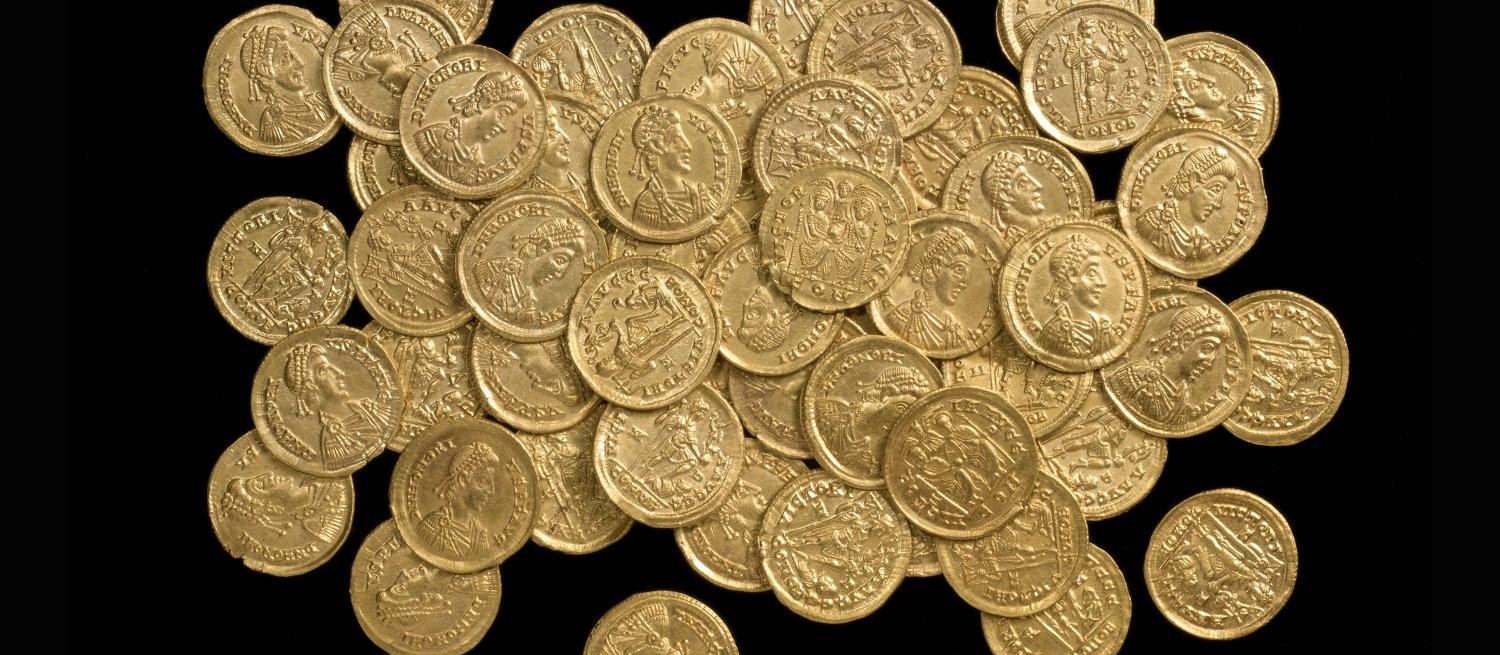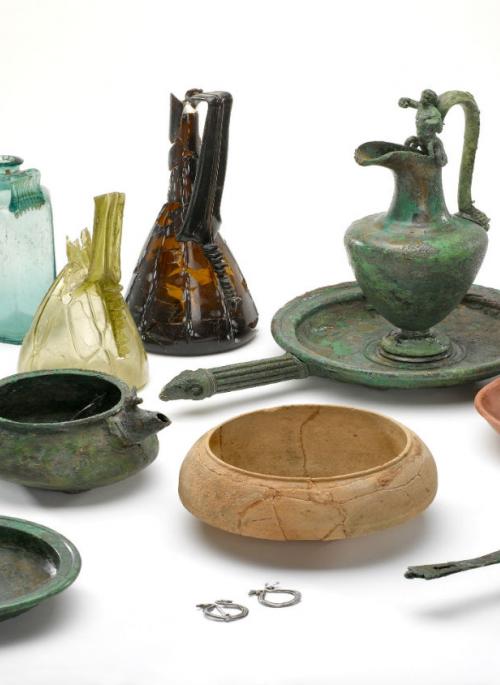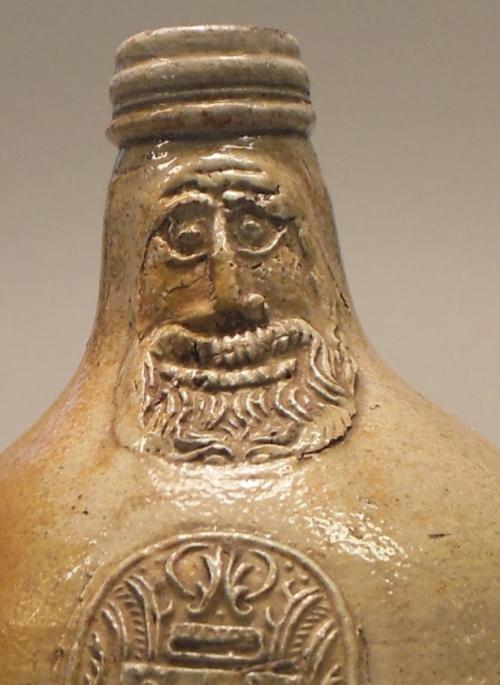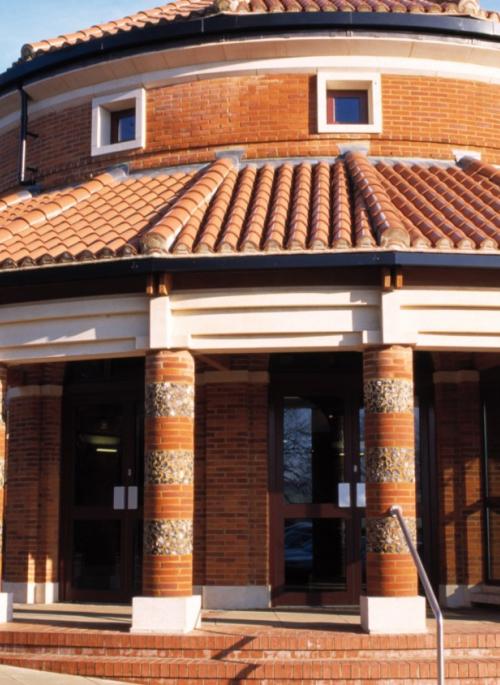Fifty-five Roman gold coins were found by a metal detectorist on private land in the north of the district of St Albans, Hertfordshire, in 2012.
On investigating the site, archaeologists then recovered a further 104 coins. Together they make up one of the largest hoards of Roman gold coins found in the UK and date from the late fourth to early fifth centuries.
In 2015, St Albans Museums purchased the hoard with the aid of grant funding and donations an the coins are on public display at Verulamium Museum.
The coins were purchased through the British Museum’s Portable Antiquities’ Scheme, a voluntary initiative to record archaeological objects found by members of the public. This was made possible with the generous support of the Heritage Lottery Fund, St Albans Museums and Galleries Trust, local donors and an overseas benefactor. The individual donors wish to remain anonymous.
Cllr Annie Brewster, Portfolio Holder for Sport, Leisure and Heritage“What an incredible story. These beautiful solid gold coins are a rare and significant find as no similar hoards of this period or size have been found in the UK. I am delighted they are staying with us permanently as a result of many people’s passionate support and generous financial backing.
The site of Verulamium was the third largest city in Roman Britain yet it is still unbelievable that this ‘pot of gold’ has been sitting nearby for so many centuries. I would like to thank everyone for making it possible for these coins to go on display at Verulamium Museum, alongside objects and mosaics from our Roman city so we can all enjoy them.”
David Thorold, Prehistory to Medieval Curator at Verulamium Museum“Gold coins, known as solidi, were extremely valuable and were not traded or exchanged on a regular basis in Roman Britain. They would have been used for large transactions such as buying land or goods by the shipload.
Evidence suggests these coins formed part of a buried hoard that had been disturbed at some point during the last couple of hundred years by, for example, ploughing. During the Roman occupation of Britain, people buried coins for two reasons, either as a sacrifice to their Gods or as a form of secure storage. In the latter case, this would be a temporary measure to protect their wealth when faced with a threat of war or while undertaking a long journey.
The coins date to the closing years of the fourth century and start of the fifth. They were issued under five Roman emperors: Gratian, Valentinian II, Theodosius, Arcadius and Honorius. They would have been made in the western mints of the Empire, mostly in the Italian cities of Milan, Rome and Ravenna.”



